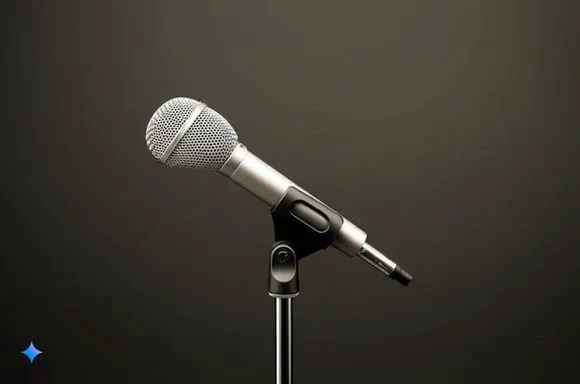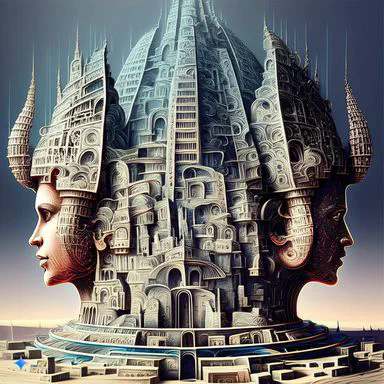THE WORLD HEARD: SOUND, FILM THEORY AND THE CINEMATIC EXPERIENCE
Reflecting on it now, finishing this dissertation a decade ago feels like emerging from the darkest period of my life. And I suspect many humanities doctoral candidates can relate! It wasn’t just the typical isolation – the long stretches of solitary writing, the annual check-ins with advisors, the sense that your fellow travelers, while brilliant, were either swept up in their own worlds or too immersed in their own research to truly engage with yours.
Looking back, I also realize the sheer, audacious ambition of the project I’d undertaken. This dissertation embarks on a journey to re-evaluate the role of sound within film theory – a space where it’s often been treated as a secondary concern. Ten years ago, the field of media studies was deeply engaged with cultural studies, multiculturalism, and a shift away from the formalist approaches that defined the 1990s. Consequently, even as the importance of sound in contemporary audiovisual media was becoming increasingly clear, its theoretical implications remained surprisingly unexplored. And you know what? That statement still rings true today.
In essence, this dissertation champions the cause of film sound, advocating for its central role in creating immersive and believable cinematic worlds. It calls for a re-evaluation of existing film theories, urging scholars to recognize sound as a vital component in the ongoing evolution of cinema.
The central argument revolves around a “worlding theory” of cinema, which proposes that films create immersive worlds for their audiences, and sound is instrumental in this world-building process. By examining the historical evolution of sound practices, the dissertation seeks to demonstrate how sound contributes to a phenomenological understanding of cinema, bridging classical and contemporary film theories.





